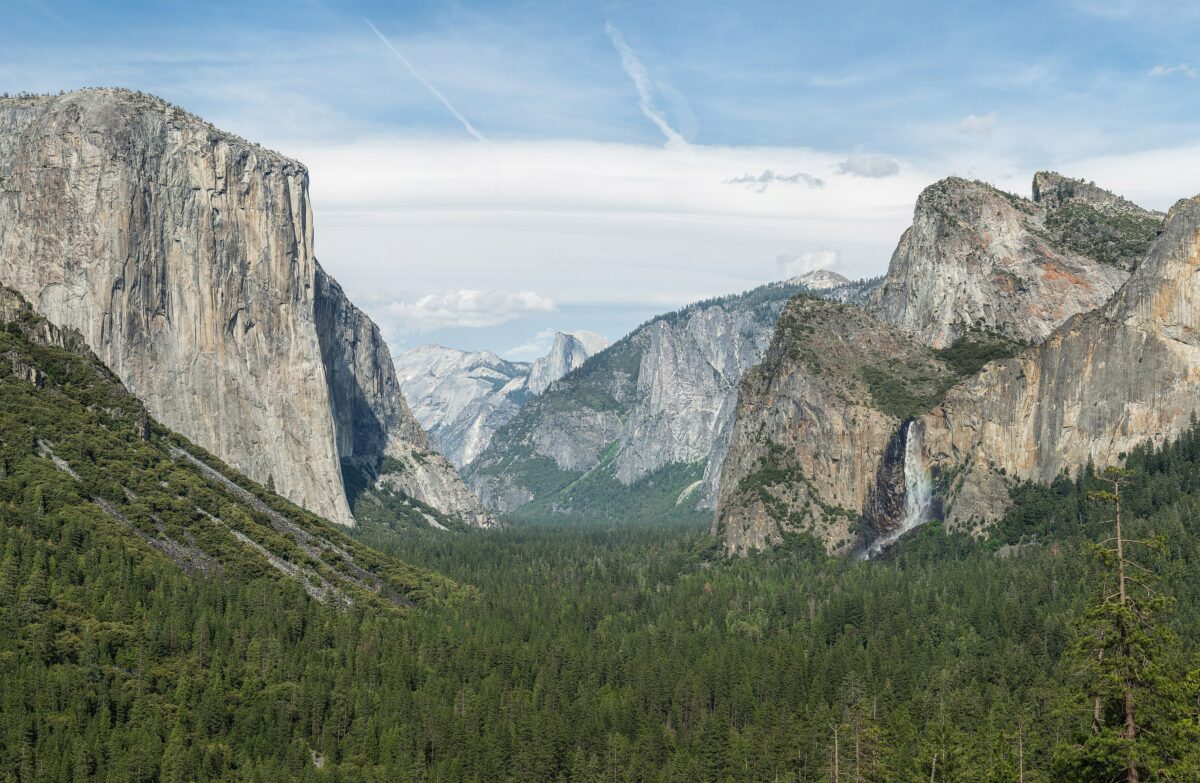Since 1864, this region has been protected, serving as a sanctuary for incredible wildlife. The waterfalls and abundant wildlife bring over 3.5 million visitors each year. Below is a list of remarkable animals that call Yosemite National Park home. When you visit, challenge yourself to see how many of these animals you can spot.
1. American Black Bear
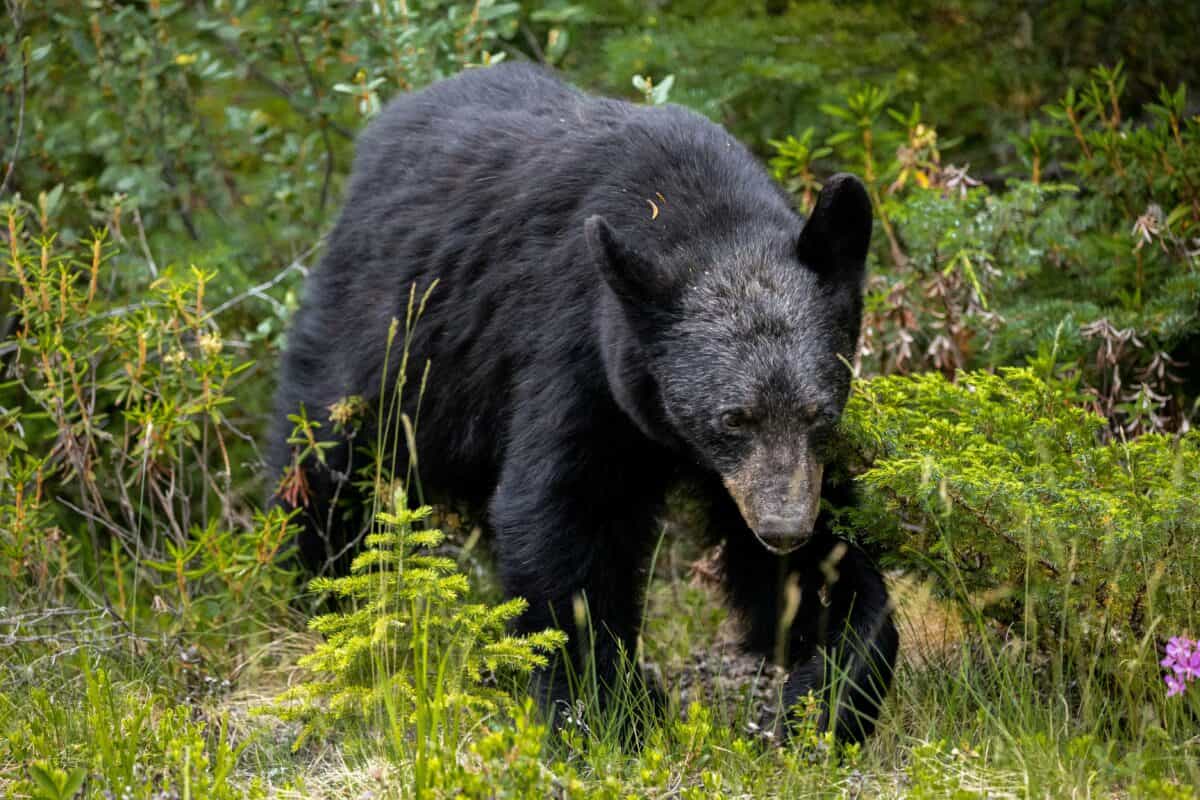
American Black Bears are the most iconic mammals in Yosemite National Park. This species is endemic to North America. The American Black Bear is the continent’s smallest bear. They play a crucial role in the ecosystem by dispersing seeds through their diet.
2. Yosemite Toad
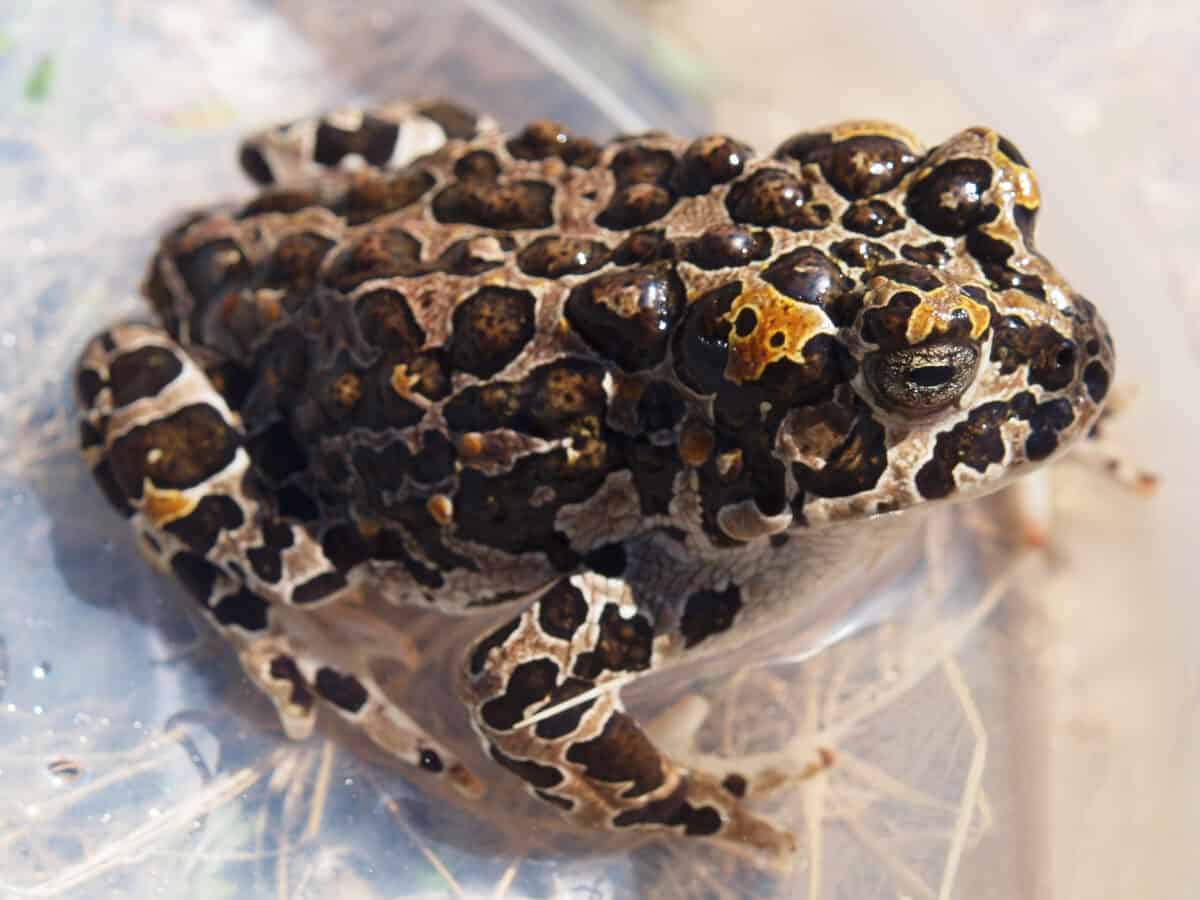
This toad is unique to the mountains of Sierra Nevada. It is adapted to live in cold, wet environments. Female toads are, on average, larger than male toads. Additionally, female and male toads are sexually dichromatic, meaning the different sexes have different morphological characteristics. Males have different patterns and colorations at maturity than females.
3. Sierra Nevada Bighorn Sheep
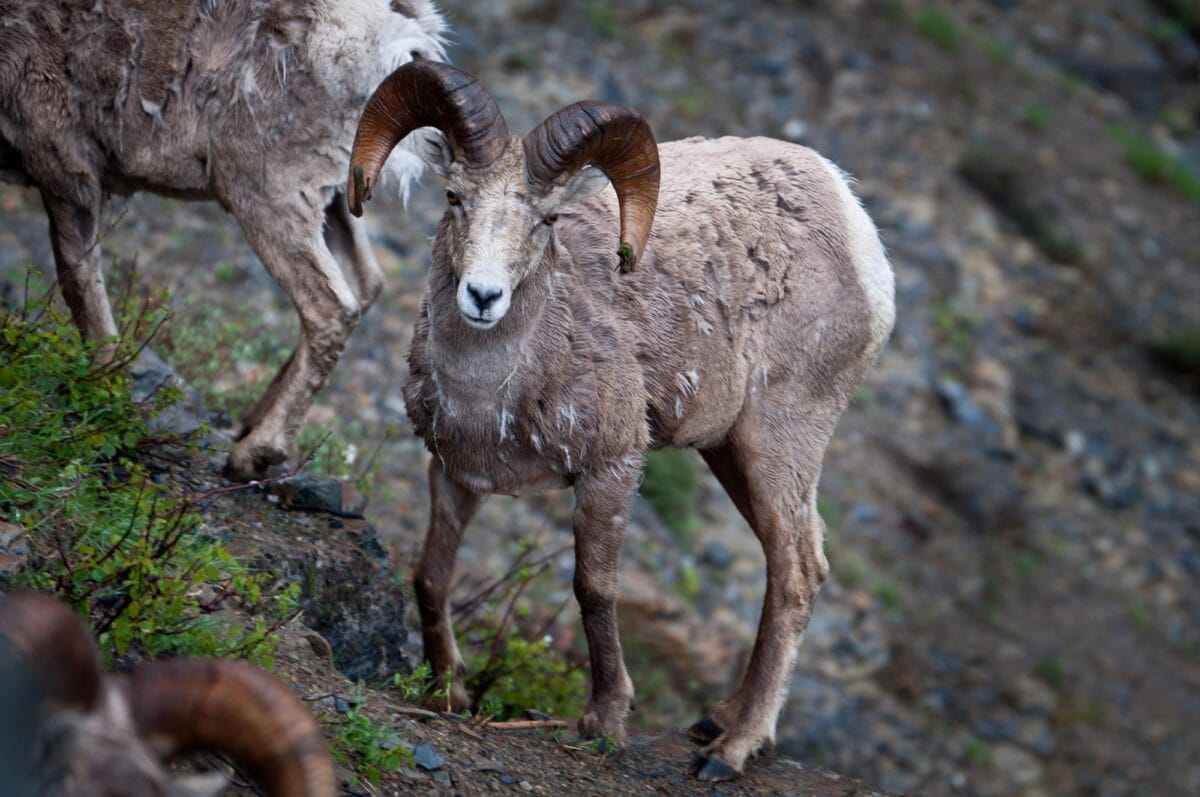
Once teetering on the brink of extinction, the Sierra Nevada bighorn sheep is an excellent example of a conservation success story. Conservation programs ensured the protection of these sheep by establishing protected areas, monitoring, and removing domestic sheep from critical habitats to prevent disease transmission. These sheep are adapted to the rugged terrain of the Sierra Nevada in California. Conservation efforts continue to ensure their protection.
4. Mountain Lion
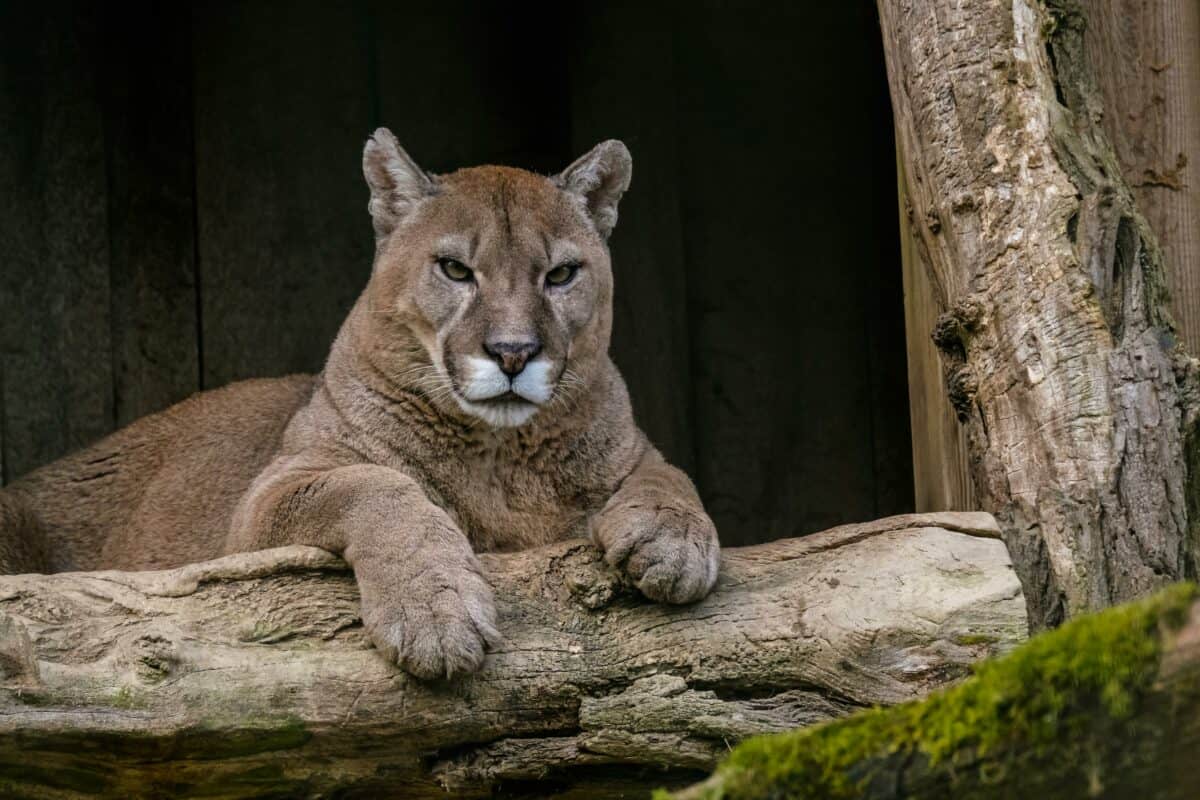
The park is home to the mountain lion (Puma concolor), one of the most majestic predators. Also known as cougars or pumas, these solitary felines live in Yosemite National Park. However, they are rarely seen by visitors. Their nocturnal habits and a natural aversion to humans make encounters with these big cats an incredibly rare event. Yet, signs of their presence are throughout the park – from tracks on a muddy trail to the remains of a deer.
5. Mule Deer
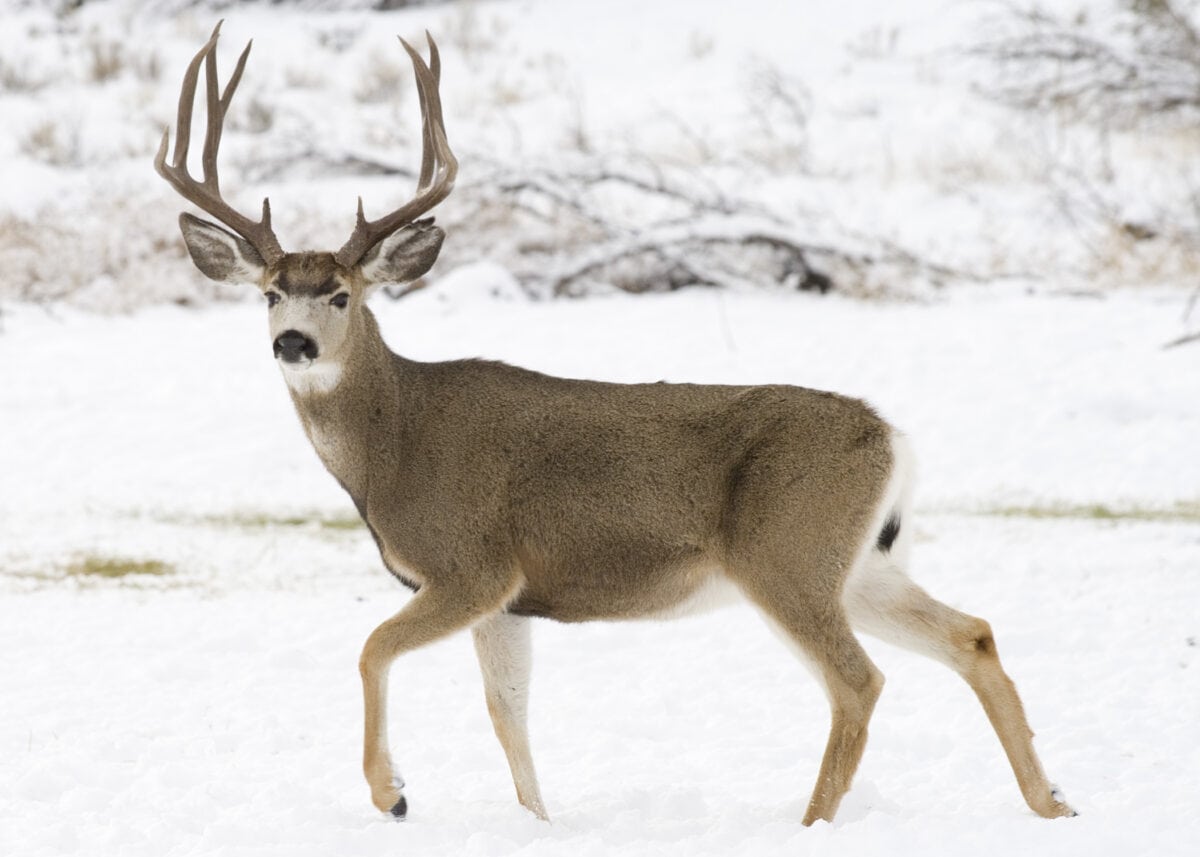
Mule Deer (Odocoileus hemionus) are named after their large, mule-like ears. These graceful creatures are the most common mammals that roam the Yosemite National Park. Interestingly, their coats change color with the seasons, from reddish-brown in summer to gray-brown during winter. Mule deer are browsers, feeding on various vegetation, including shrubs, grasses, and tree leaves.
6. California Spotted Owl
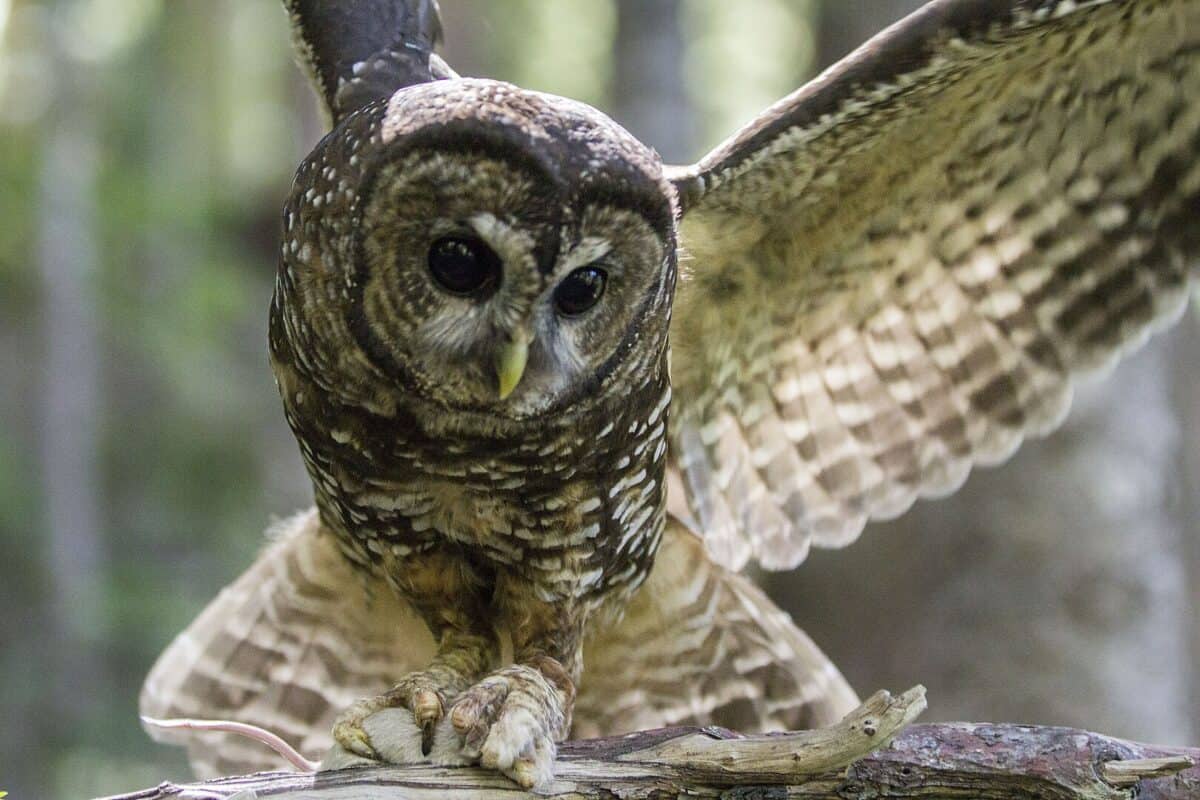
The California Spotted Owl (Strix occidentalis occidentalis) has distinctive brown plumage marked by white spots and streaks. This subspecies of the spotted owl is an integral part of the forest’s biodiversity and serves as an indicator of the health of its environment. Unlike some owl species, the California Spotted Owl does not migrate but remains within its territory year-round. The California Spotted Owl is threatened by logging, urban expansion, and agricultural developments. Places like the Yosemite National Park provide sanctuary for this species.
7. Peregrine Falcon
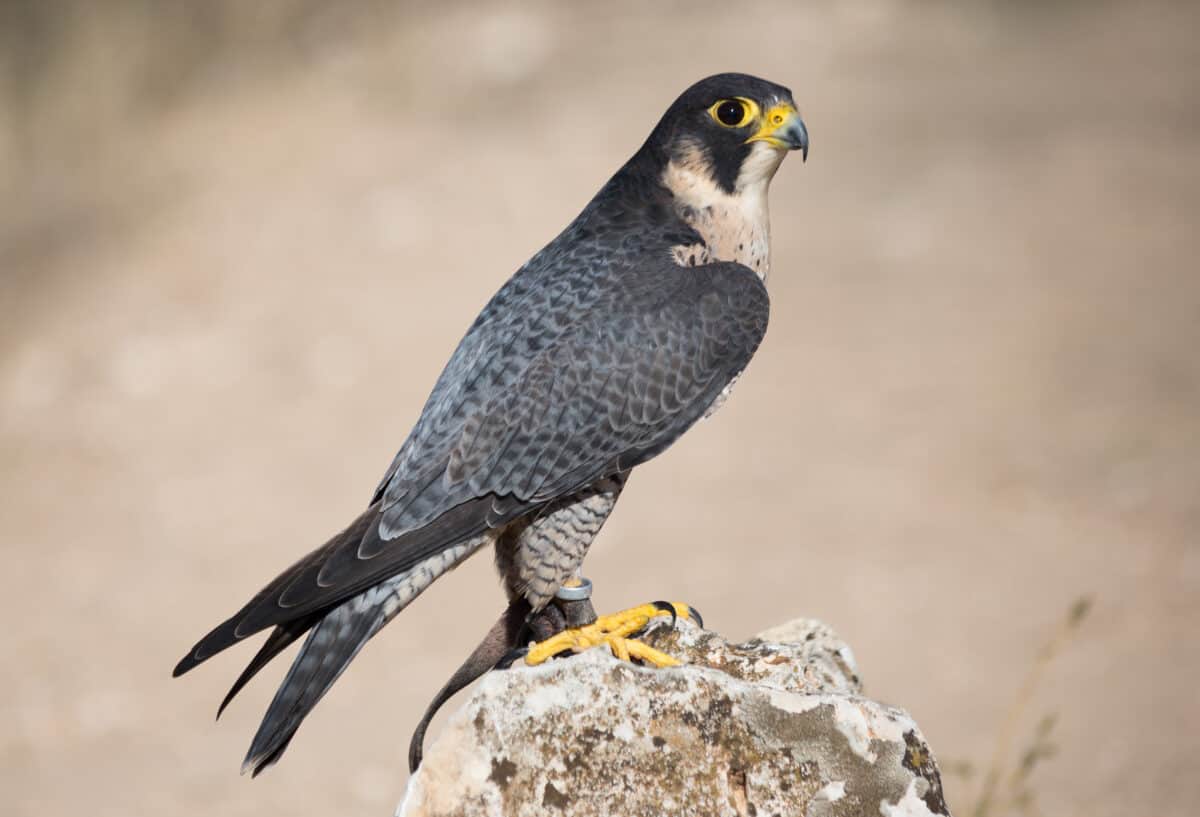
The Peregrine Falcon (Falco peregrinus) is renowned for its speed, reaching 200 miles per hour; this bird is the world’s fastest animal. They can spot their prey from great distances, and impact from their stoop can stun or kill the prey instantly. They are migratory birds, and their presence is widespread across the globe. In the mid-20th century, populations plummeted due to pesticide poisoning, primarily from DDT, however their population has significantly rebounded.
8. Great Grey Owl
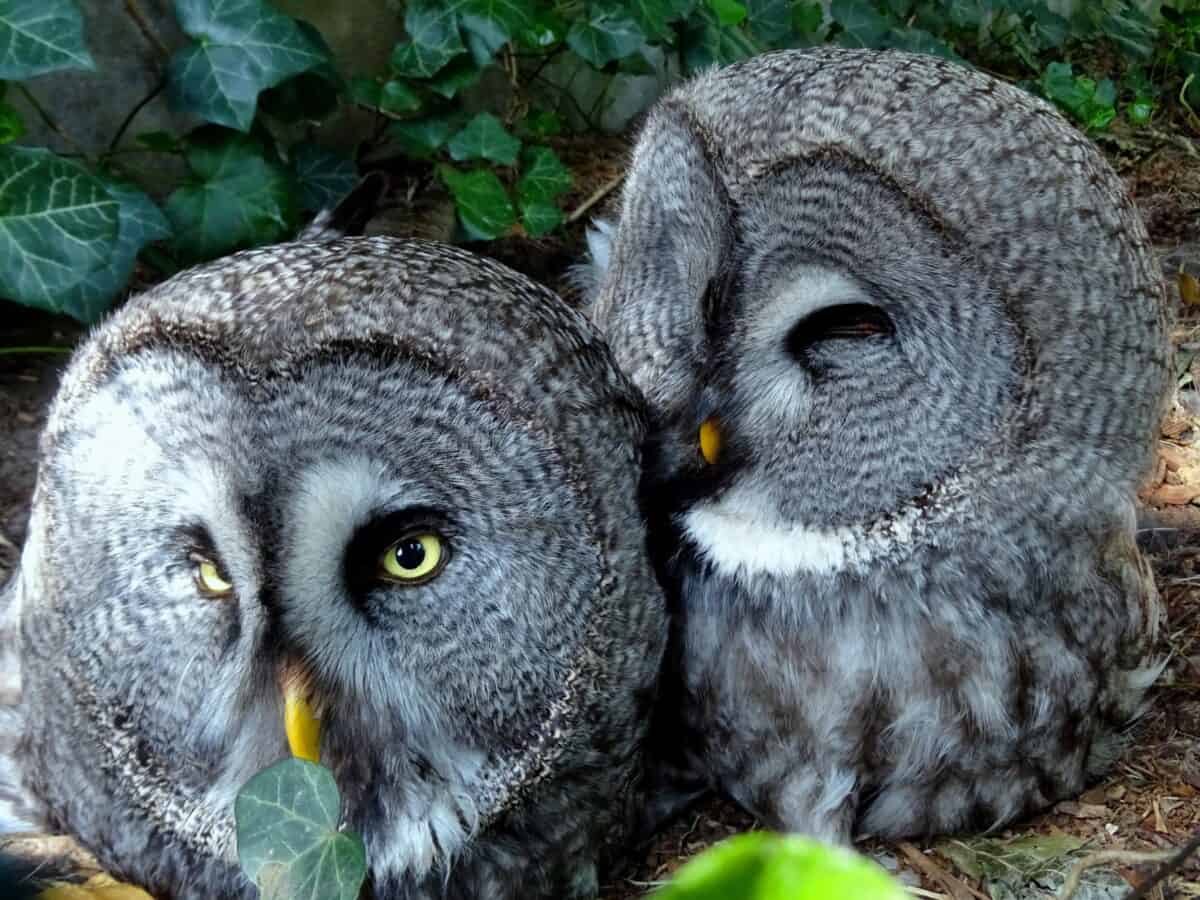
Yosemite National Park is also home to the Great Grey Owl (Strix nebulosa). It is distinctive with piercing yellow eyes and disc shaped grey face. In its forest habitat, these owls camouflage seamlessly with the bark of trees. They rely on its acute hearing to detect prey moving beneath the snow or forest floor. In Yosemite, these owls typically breed from March to May, laying a clutch of 2 to 5 eggs. Habitat loss and fragmentation threatens this birds populations, while the Yosemite National Park provides a sanctuary for the population.
9. Western Pond Turtle
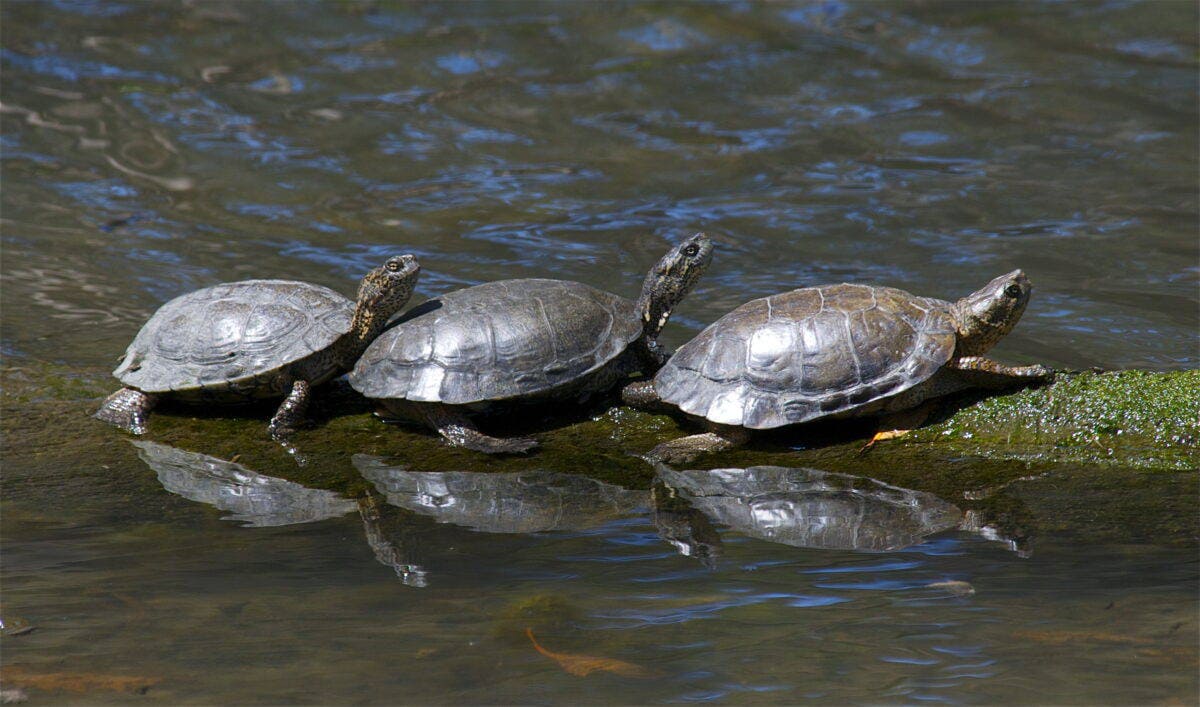
The Western Pond Turtle is californias only native freshwater turtle. Populations were once widespread throughout the western United States. However populations have declined due to a combination of habitat destruction, pollution, invasive species, and over-collection. Healthy populations in the Yosemite National Park highlights the significance of protected areas in conserving populations. Visitors to Yosemite have a chance to observe Western Pond Turtles in its natural habitat.
10. American Dipper
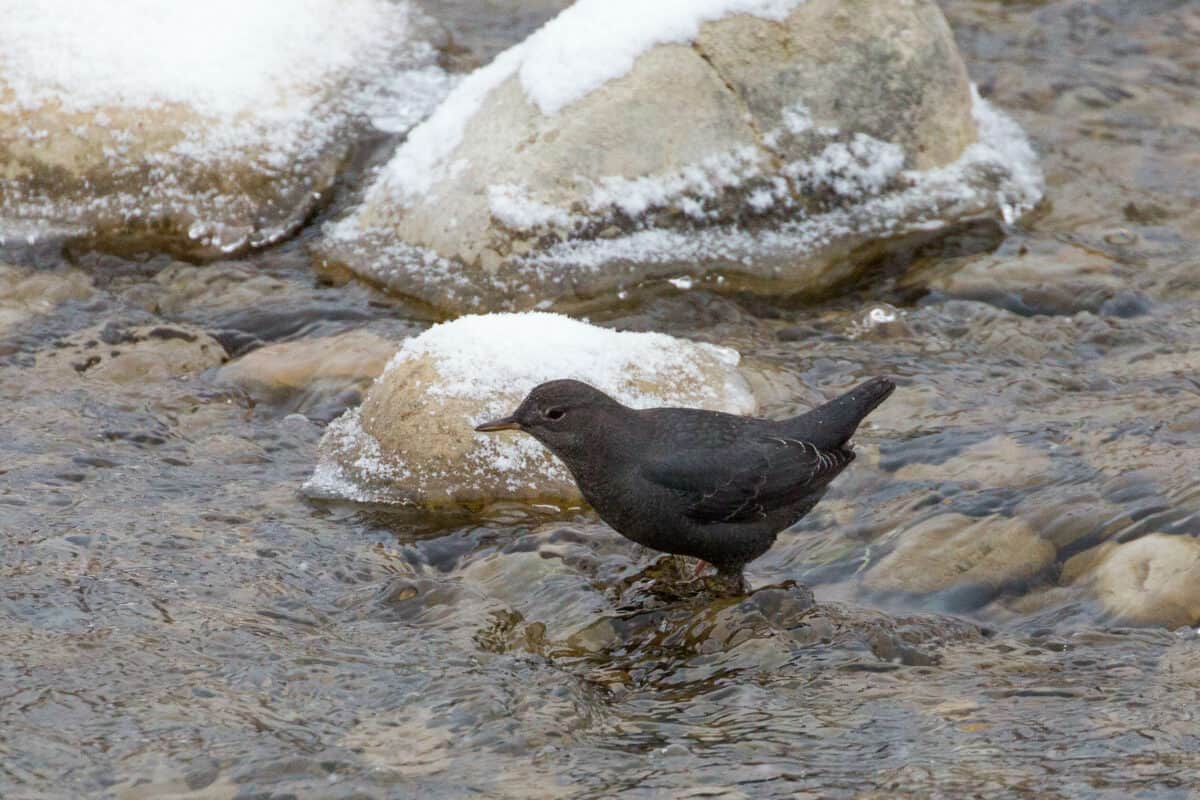
The American Dipper (Cinclus mexicanus) is unique among North American songbirds for its aquatic lifestyle. It thrives in the fast-flowing streams of Yosemite National Park. The dipper can be recognized by its slate-gray plumage and distinctive bobbing motion. They are remarkably adapted for underwater foraging, using its strong legs to walk along streambeds in search of insects, larvae, and small fish. The dipper builds its moss-covered nest near water, often under a bridge or overhang. Its presence in Yosemite’s pristine waterways serves as an indicator of healthy aquatic ecosystems.
11. Golden Eagle
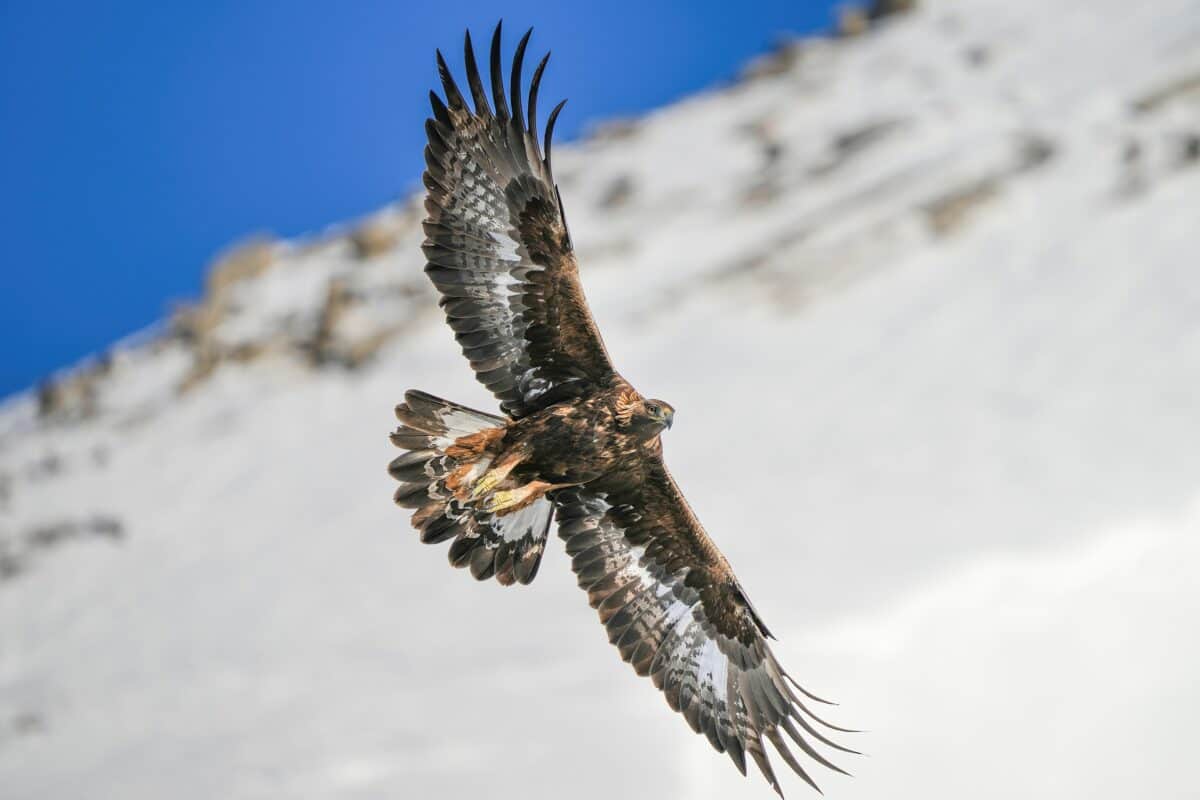
The Golden Eagle (Aquila chrysaetos) is admired for its broad wingspan and swift flying capabilities. These majestic birds of prey prefer open and semi-open areas for hunting small mammals, birds, and reptiles. They typically nest on cliff faces or large trees. They are highly territorial and extremely loyal to their mate. During courtship, they fly close together and make shallow dives at each other.
12. Sierra Newt
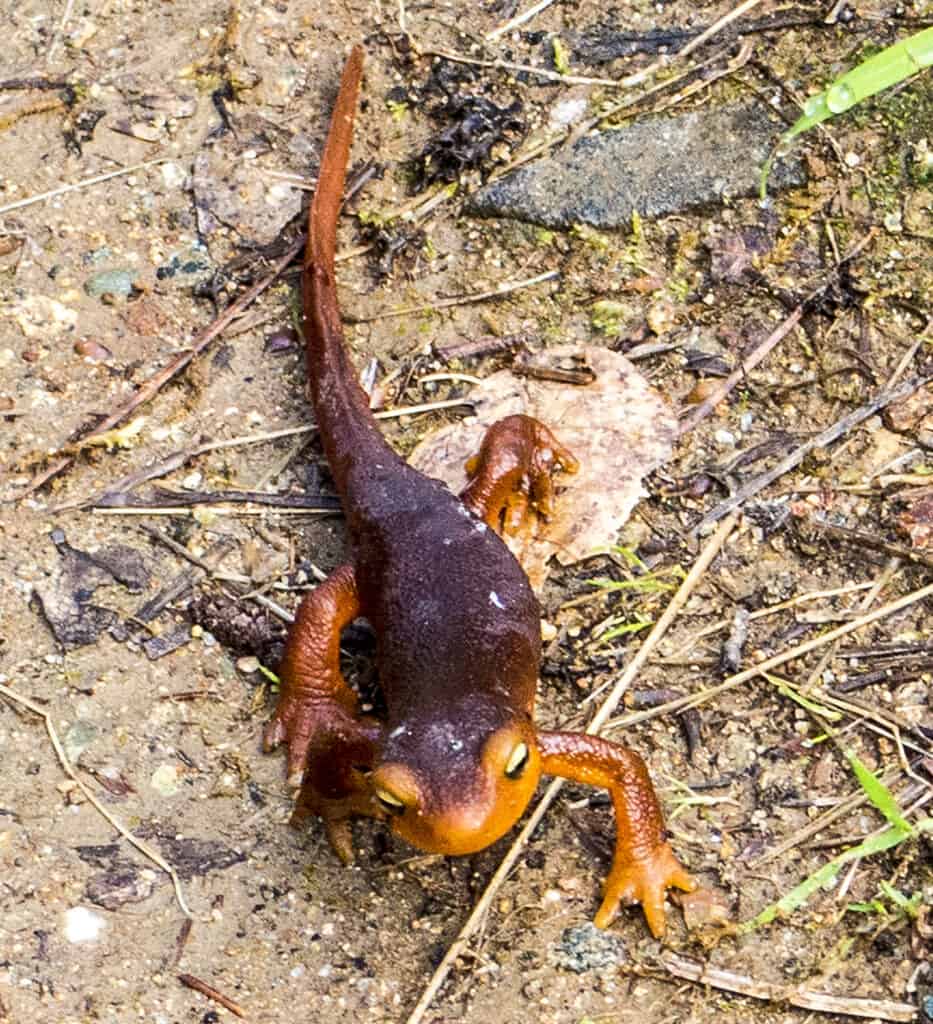
The Sierra Newt (Taricha sierrae) is a fascinating amphibian found in moist, forested areas of Yosemite. The glands in their skin produce a potent neurotoxin tetredotoxin. Interestingly, this is the same toxin found in pufferfish and harlequin frogs. Its bright orange belly and brownish skin is easily distinguishable in the park’s waterways. Sierra Newts migrate to aquatic habitats for breeding. Their presence is also an indicator of the health of the park’s freshwater ecosystems.
13. Steller’s Jay
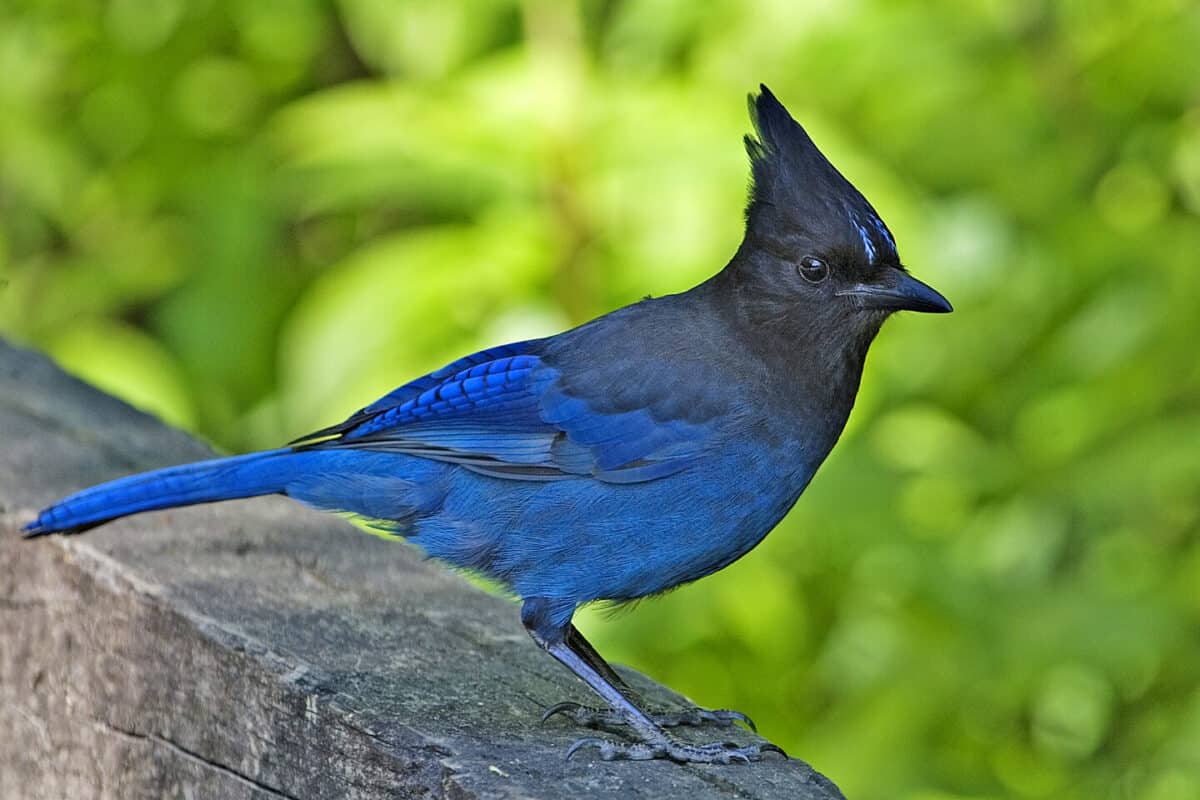
Steller’s Jay (Cyanocitta stelleri) is a charismatic bird with a prominent crest and vibrant blue plumage. They are known for their intelligence and complex social behaviors. Their contribution to the health of the forest via seed dispersal is vital for the park. They are often found in both coniferous and mixed woodlands.
14. Bobcat
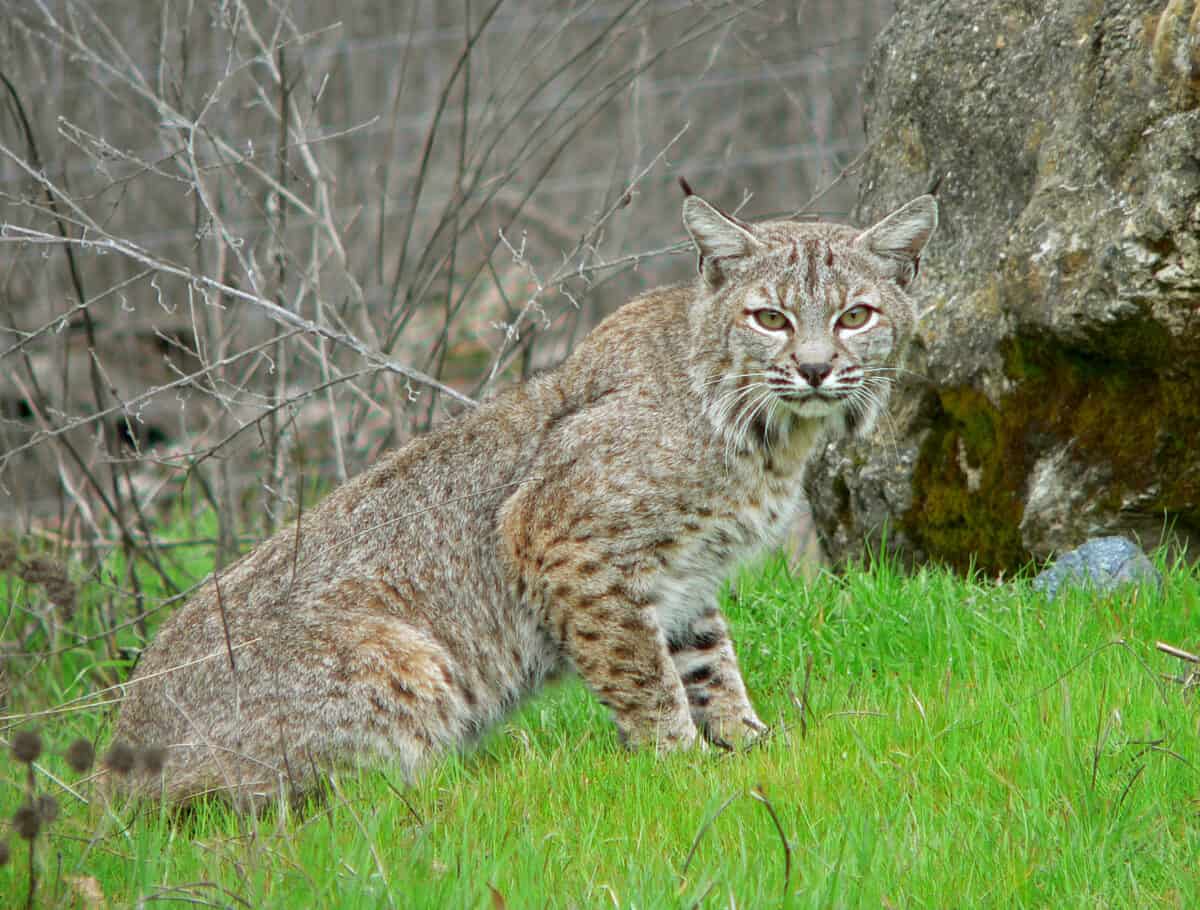
The Bobcat (Lynx rufus) is distinguished by its tufted ears and spotted fur. A skilled predator in Yosemite National Park, they hunt small mammals and birds in wooded areas and meadows. Their presence in the park is crucial in controlling prey populations and maintaining ecological balance.
15. Pacific Fisher
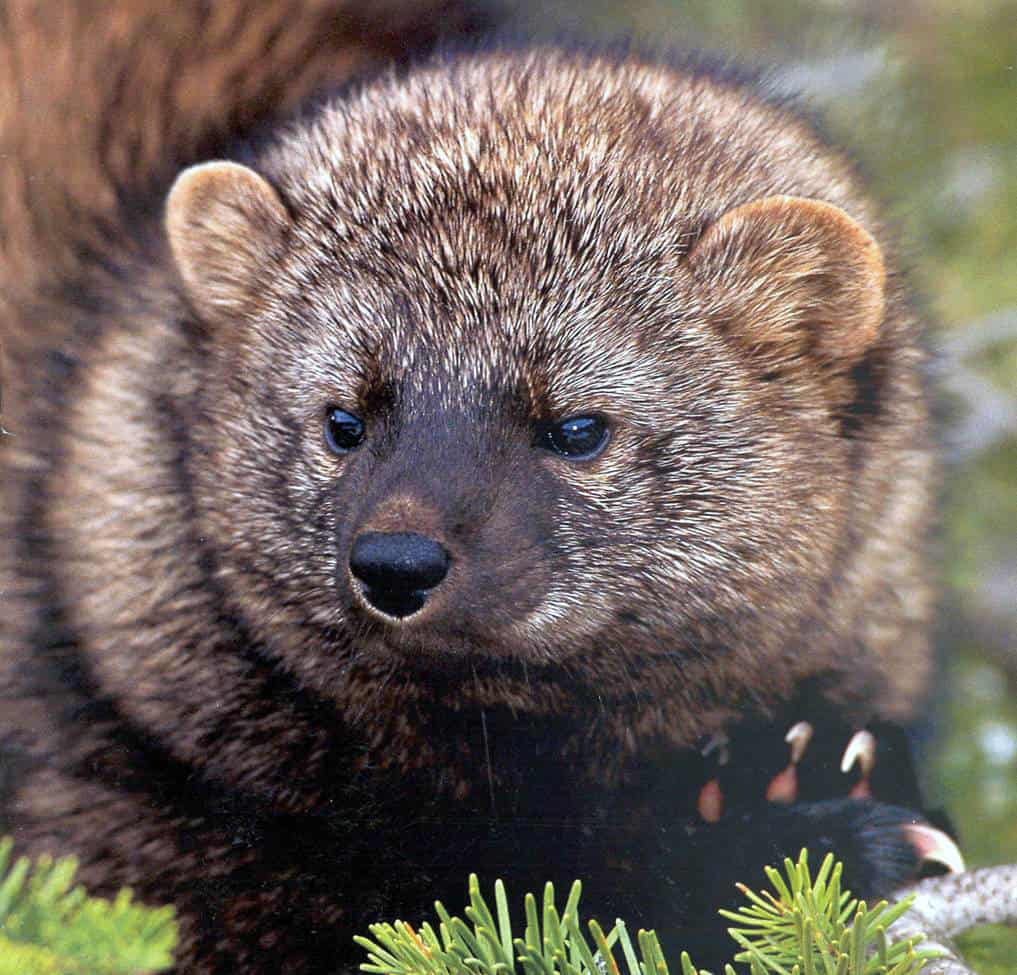
The Pacific Fisher (Pekania pennanti) is a medium to small mammal belonging to the weasel family. They are skilled climbers and hunters, preying on small mammals and birds. Their presence is indicative of healthy, mature forests. Despite their name, they do not actually fish.
16. Snowshoe Hare
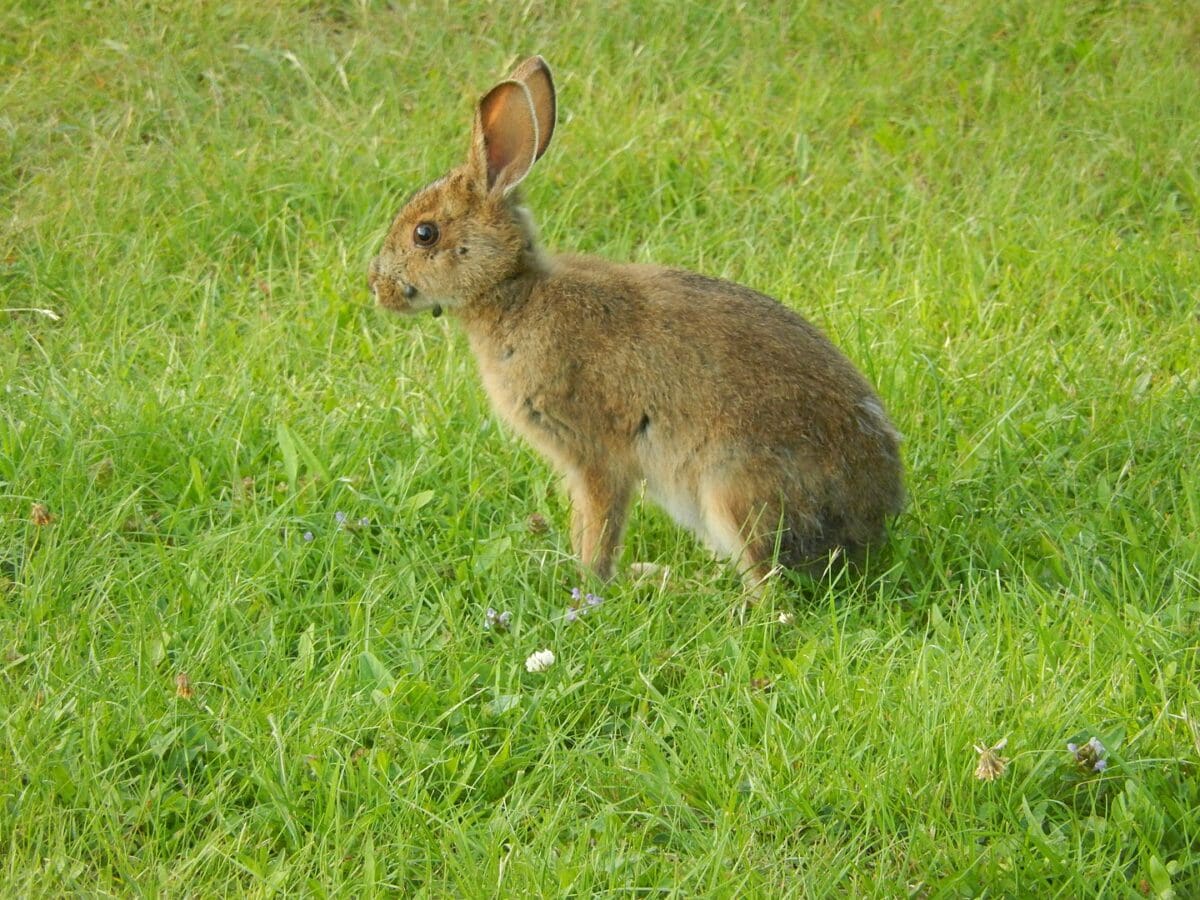
Snowshoe Hares (Lepus americanus) are adapted to the cold climates of Yosemite with their large, furry feet and seasonal white camouflage during winter. These hares are vital prey for many predators in the park, including the lynx and the bobcat. Their ability to quickly reproduce and adapt to their environment makes them an integral part of the forest ecosystem.
17. Monarch Butterfly
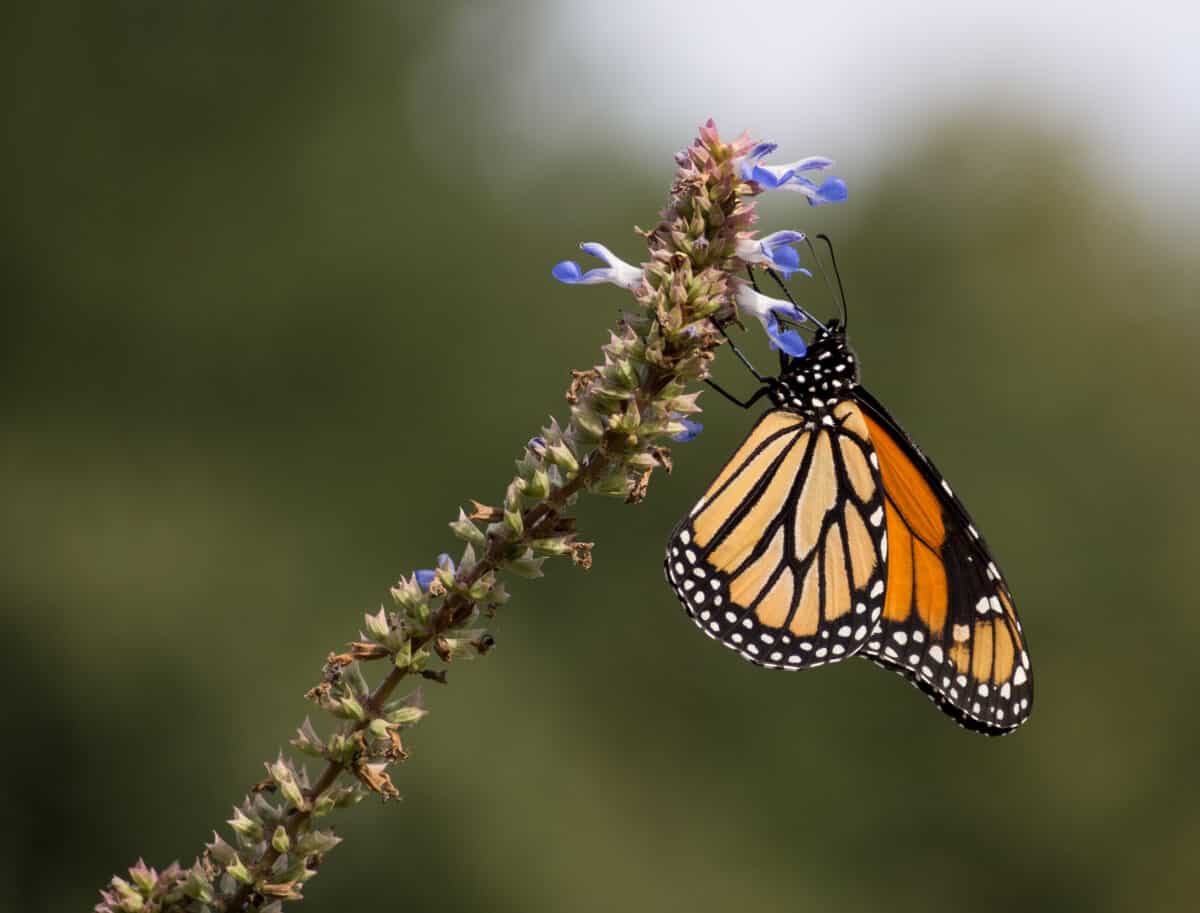
The Monarch Butterfly (Danaus plexippus) is known for its remarkable migration patterns. A kaleidascope of butterflies travel thousands of mile to Yosemite National Park as part of their breeding cycle. They are crucial pollinators and support the health of many plant species. They contribute to the Yosemites biodiversity of flowering plants.
18. Bald Eagle
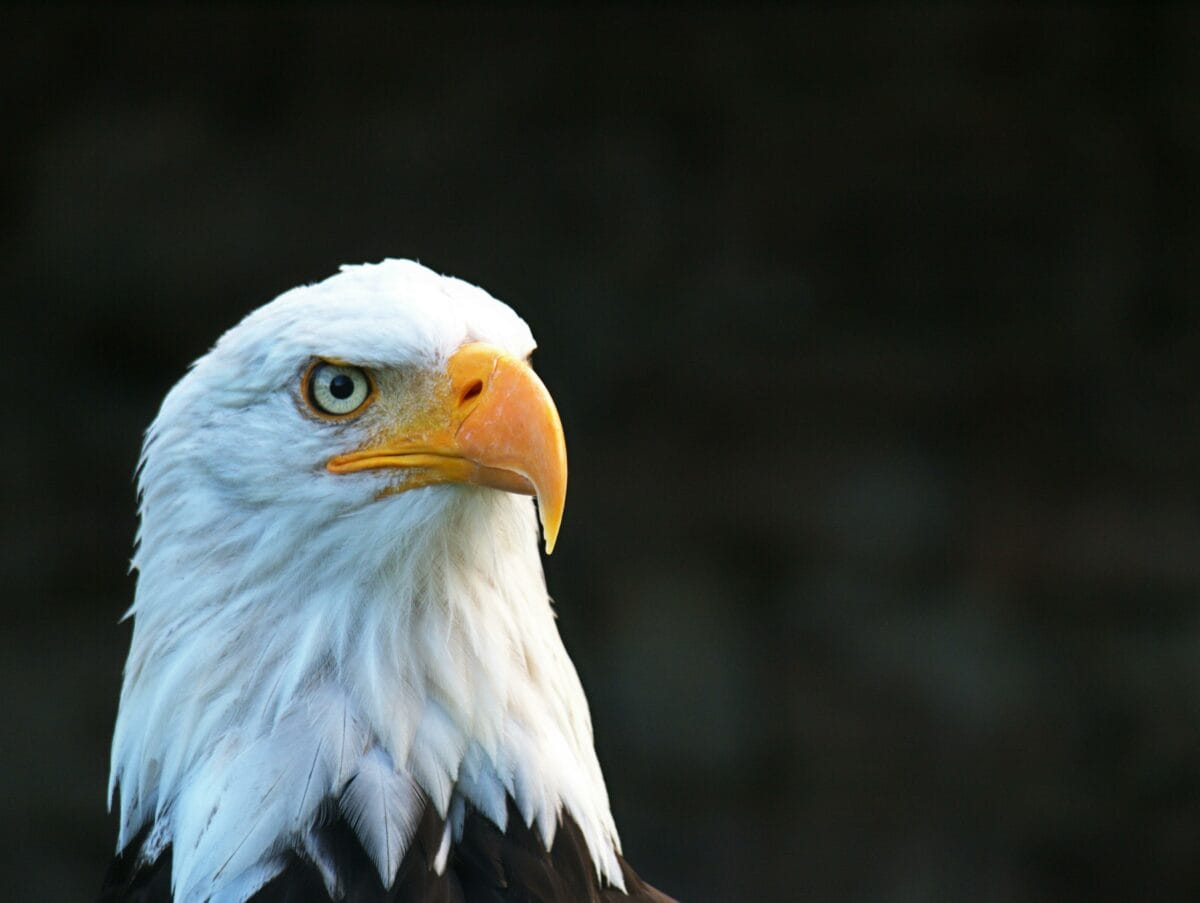
The Bald Eagle (Haliaeetus leucocephalus) is America’s national bird. For many, the bald eagle signifies wild freedom. These majestic birds have a stark white head and tail with a constrating dark body and wings. They are birds of prey and nest near large bodies of water, where they hunt fish. The presence of bald eagles in Yosemite is a testament to successful conservation efforts.
19. Red Fox
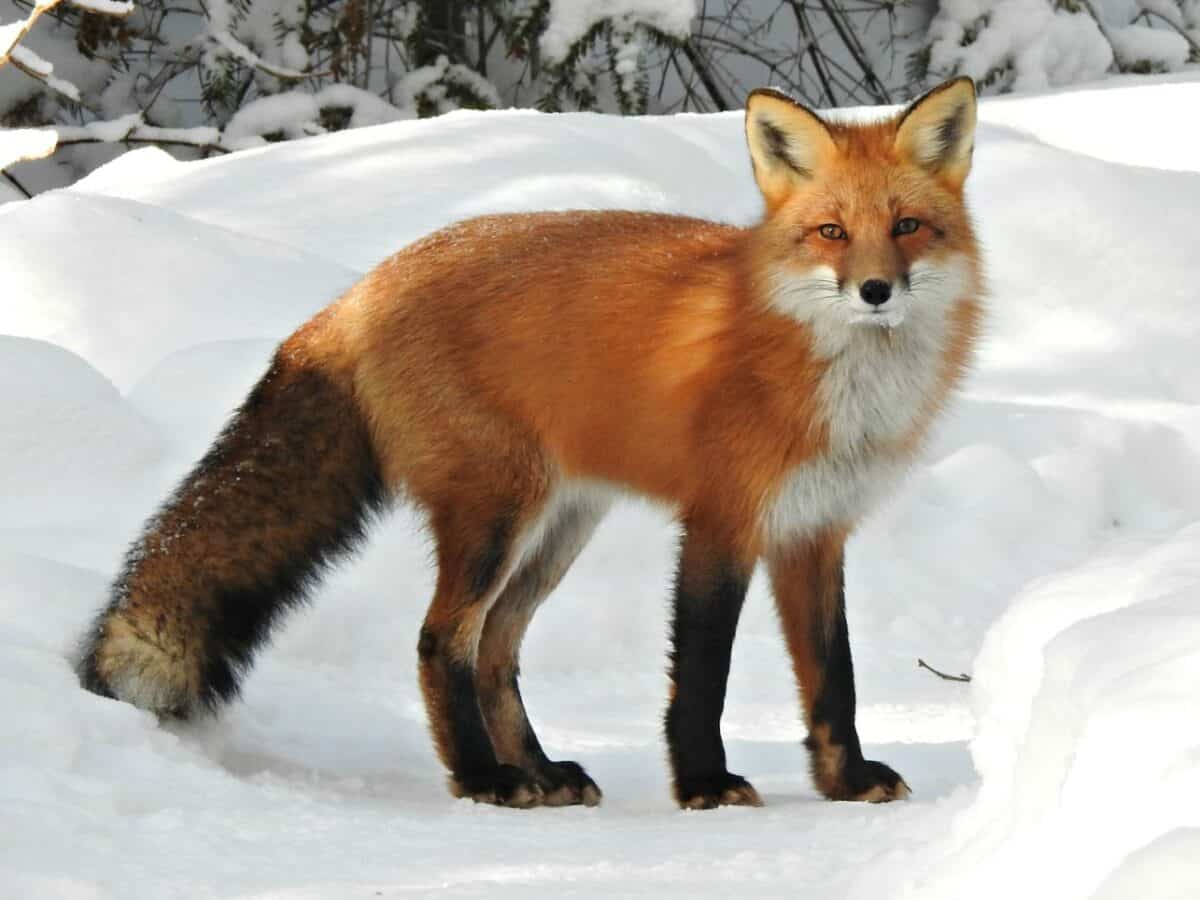
The cunning Red Fox (Vulpes vulpes) has a distinctive red fur and bushy tail. It skillfully hunts rodents, rabbits and birds. It can be found across various habitats in Yosemite, from forests to alpine meadows. They use a wide range of vocalizations to communicate.
20. Yosemite Cave Pseudoscorpion
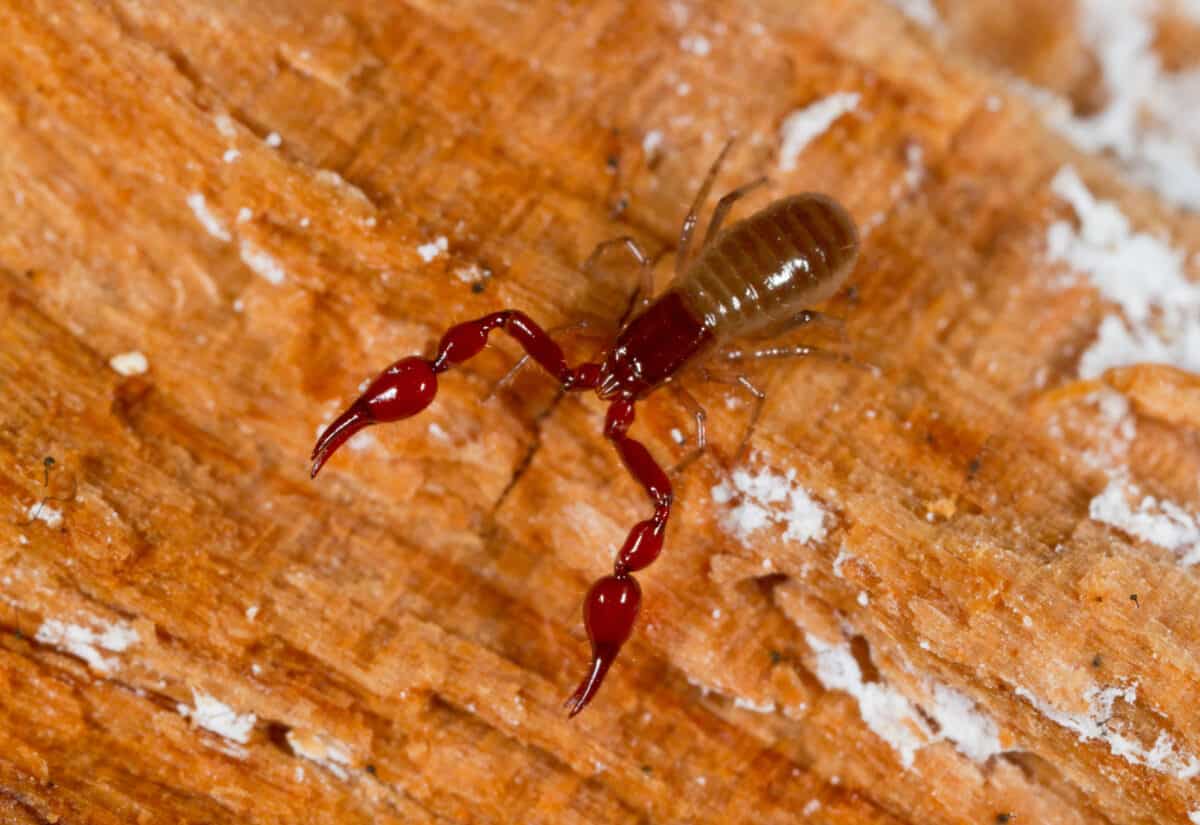
The Yosemite Cave Pseudoscorpion is a micro-arthropod that is endemic to the damp environments of Yosemite’s caves. They belong to a unique group of arachnids known for their scorpion-like appearance, minus the tail and stinger. They are harmless to humans and contribute to the caves ecosystem by feeding on small insects and mites.
You might also enjoy:
The 45 Most Adorable Animals Found In North America
Five Most Dangerous Animals in South America
20 Endangered Species in America
- Watch: Jaguar vs Anaconda - May 13, 2024
- Homeless Man Develops Life-Changing Friendship with a Husky - May 8, 2024
- World’s Largest Snake Discovered In Amazon Rainforest – Video - April 30, 2024

